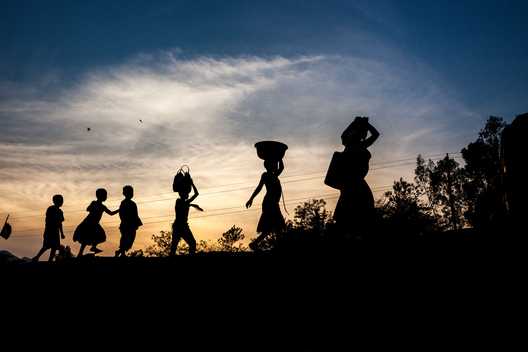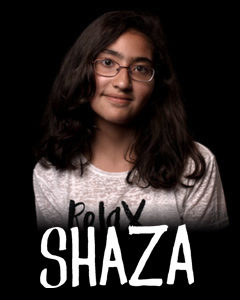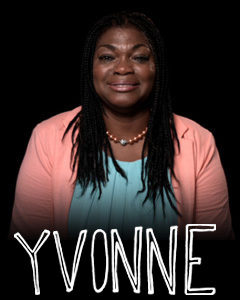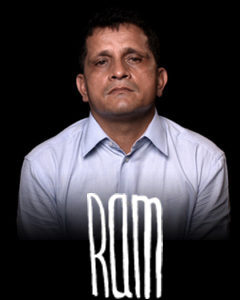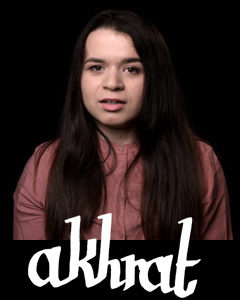Disasters & Conflicts: Biafra. Famine, 1967-1970
A million people lose their lives through hunger sickness and violence.
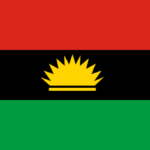 Country: Nigeria and the Biafra region
Country: Nigeria and the Biafra region
Period: 1967-1970
Type of conflict: War for independence
Conflict: The Nigerian region of Biafra declares independence and is conquered again by Nigeria is a bloody war that lasts 2.5 years
Parties involved: Various ethnic groups in Nigeria (Hausa, Fulani, Yoruba, Igbo), the Nigerian government, various countries around the world that support one party or the other
Estimated number of victims: More than a million deaths
Nigeria gains independence in 1960. The new Nigerian government divides the country into three states, except these states do not coincide with the territories occupied by the various ethnic groups. When tensions reach boiling point in the north of the country, where Muslims live, some 30,000 ethnic Igbo people are murdered. Millions of Igbo people then flee to their homeland in the south-east of the country. The head of the state there declares independence. The new state is called Biafra. The government intervenes for fear that other states will follow the example of Biafra. It blockades the seaports and starts a war in Biafra, starving the population. A million people lose their lives through hunger sickness and violence. Two-and-a-half years later, Nigeria conquers Biafra again.
The first famine images on tv
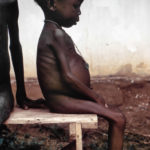
‘Biafra’ is one of the bloodiest wars of independence ever fought in Africa. It shocks the world in the late 1960s because it is the first time that starving children appear on television. The Igbo people suffer and are beaten by government troops. The humiliation continues after the war. The Igbo people are treated as inferior, even though the government promises to bring about reconciliation between the ethnic groups. In 2013, distrust and ethnic rivalry between ethnic groups in Nigeria still exist. Fighting regularly breaks out between the Muslims in the north and Christian and Animist groups in the south. A section of the Igbo population would still like to gain independence.



